Business Environment: Medical Costs and Consumer Preferences
VerifiedAdded on 2022/08/25
|6
|715
|17
Report
AI Summary
This report examines the impact of rising medical costs on consumer choice and preferences within the U.S. business environment. It utilizes the indifference curve theory to analyze how increased healthcare expenditures influence consumer decisions, including trade-offs between goods and services. The report highlights the significant growth in medical expenses from 2007 to 2020, and the role of both private and public insurance in shaping consumer behavior. It also discusses the implications of high doctor visit costs, medicine expenses, and administrative costs. The report suggests policy recommendations, such as emphasizing the accessibility of insurance services and promoting collaboration between public and private insurance providers, referencing the Affordable Care Act. Ultimately, the report concludes that the government should analyze opportunity costs when implementing new policy frameworks for the U.S. healthcare sector and ensure that the insurance costs are set at a level that maximizes benefits without further escalating medical costs.
1 out of 6
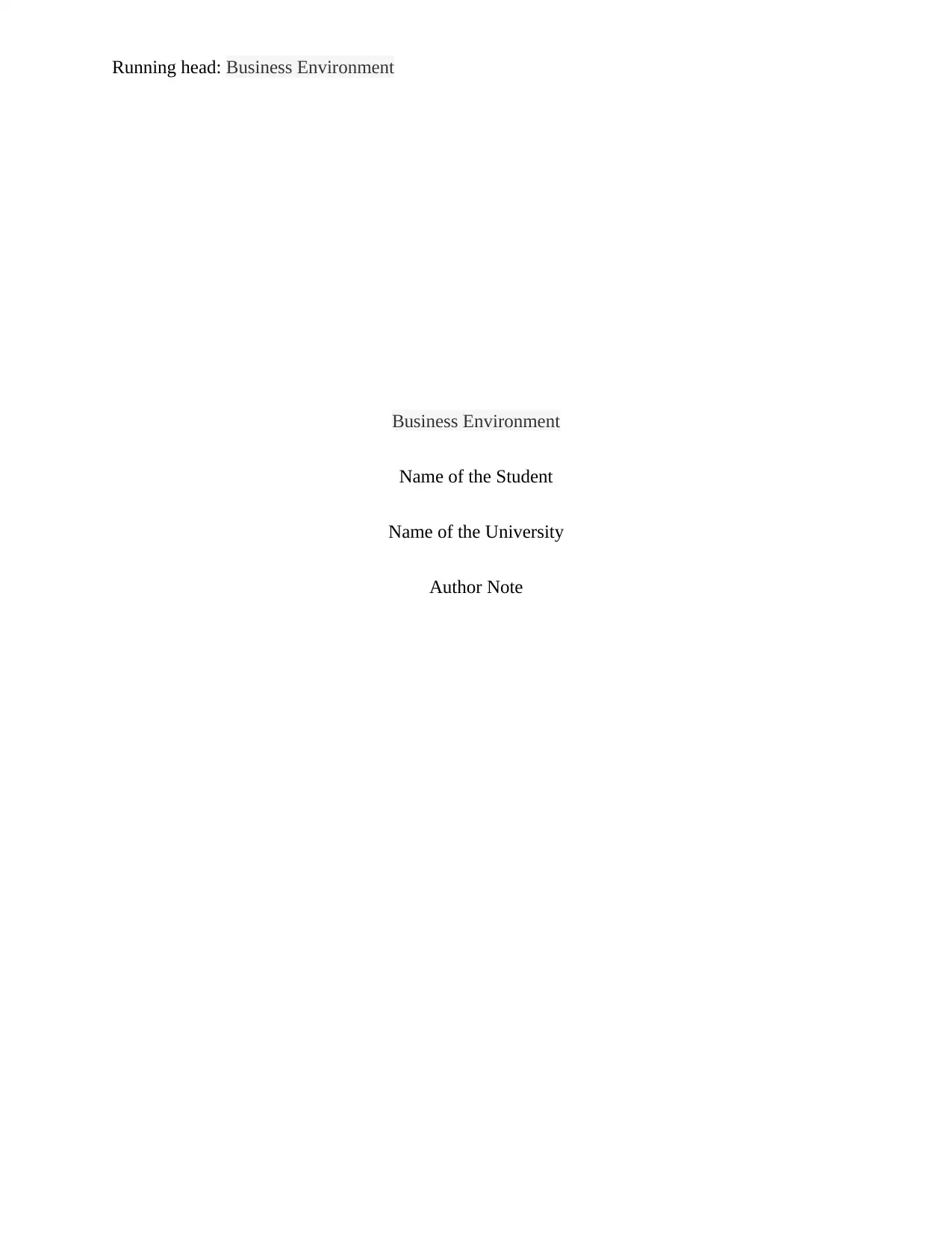
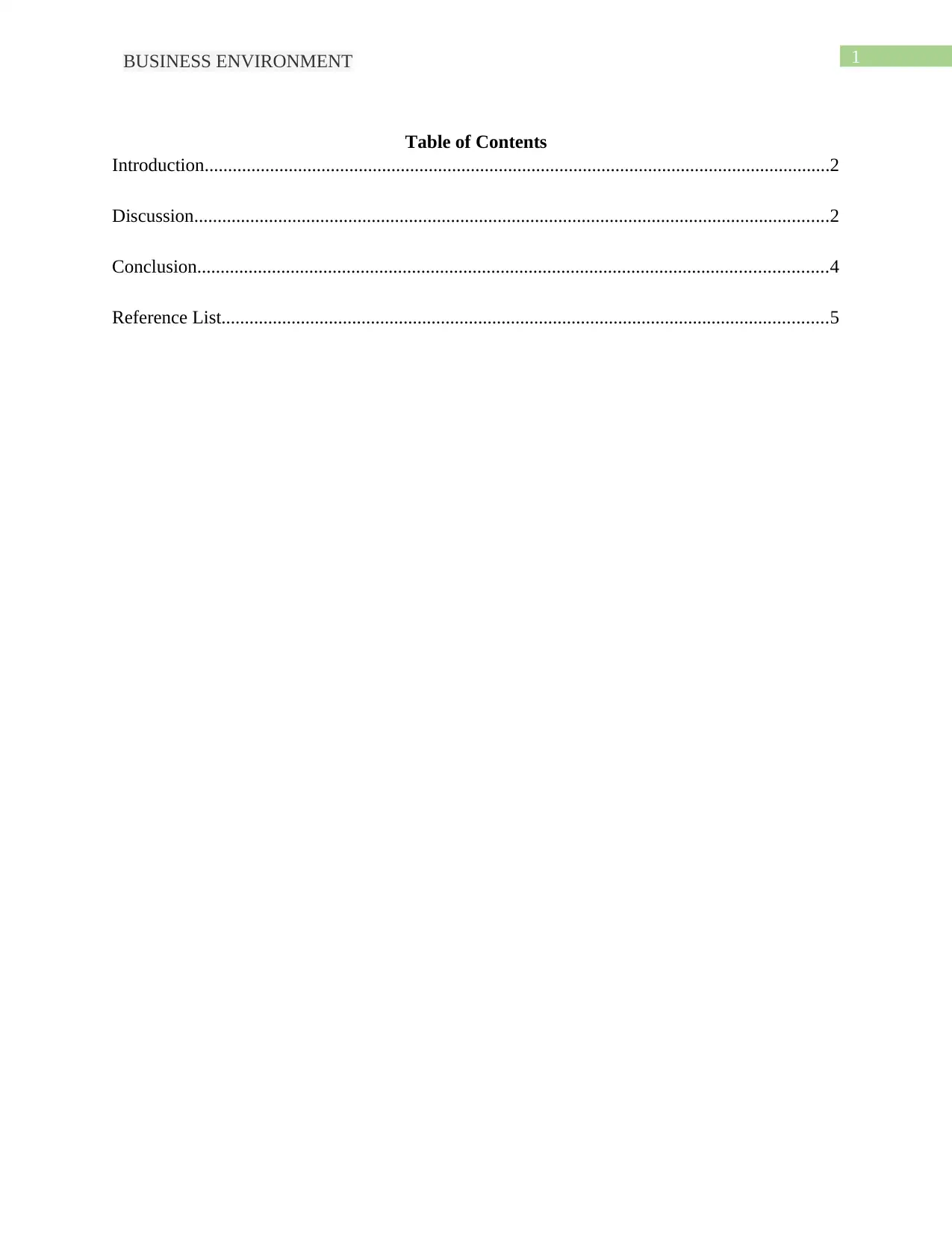
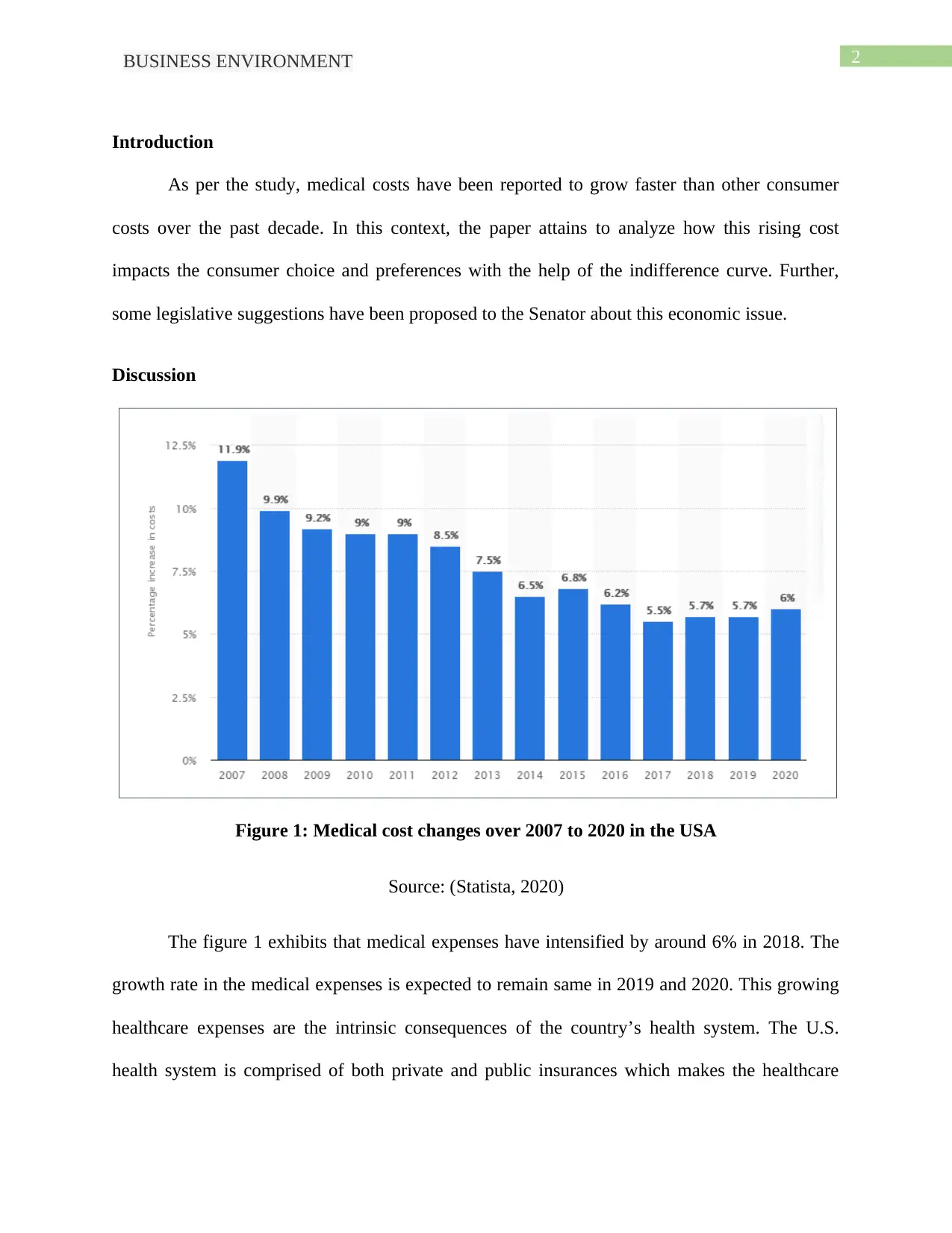

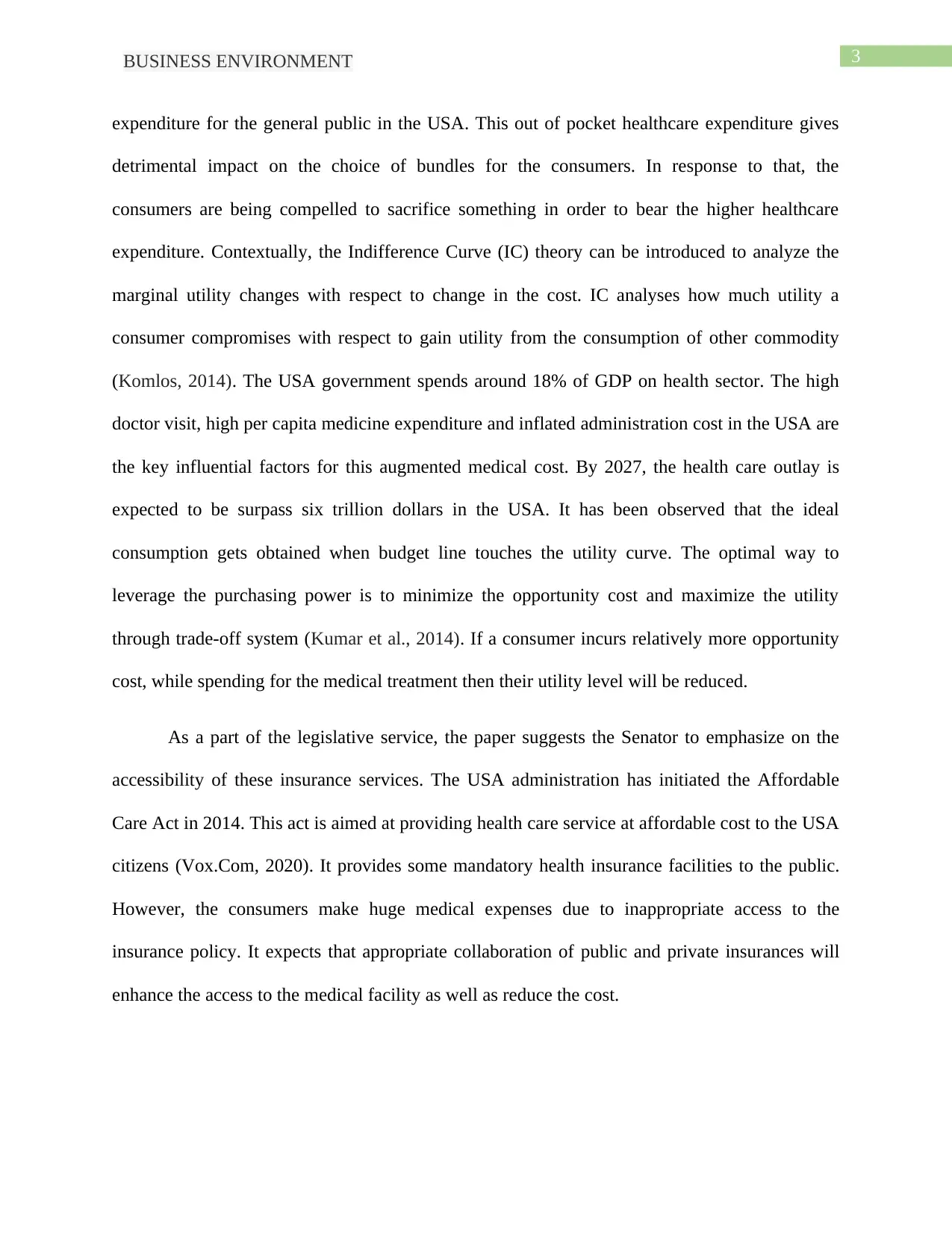
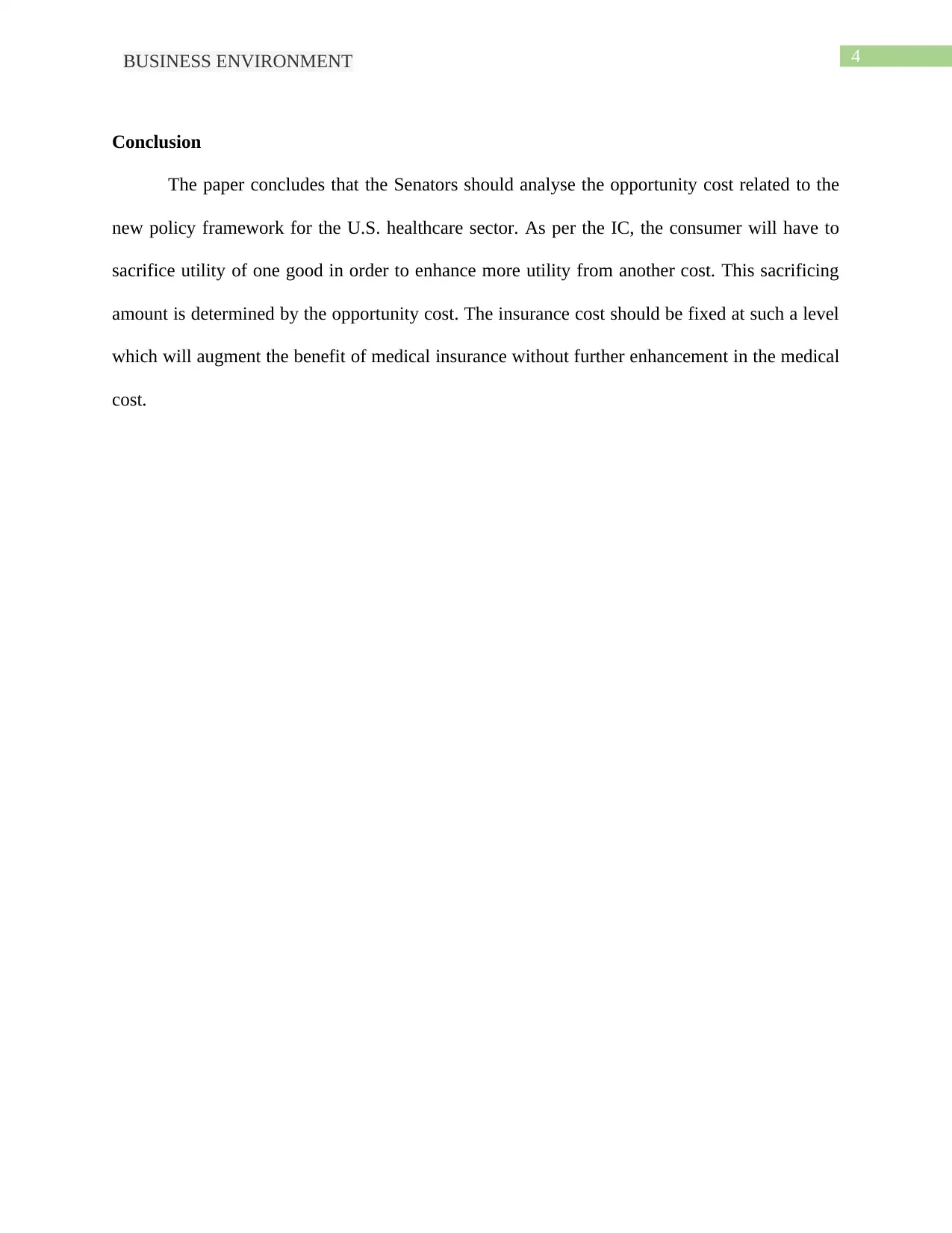
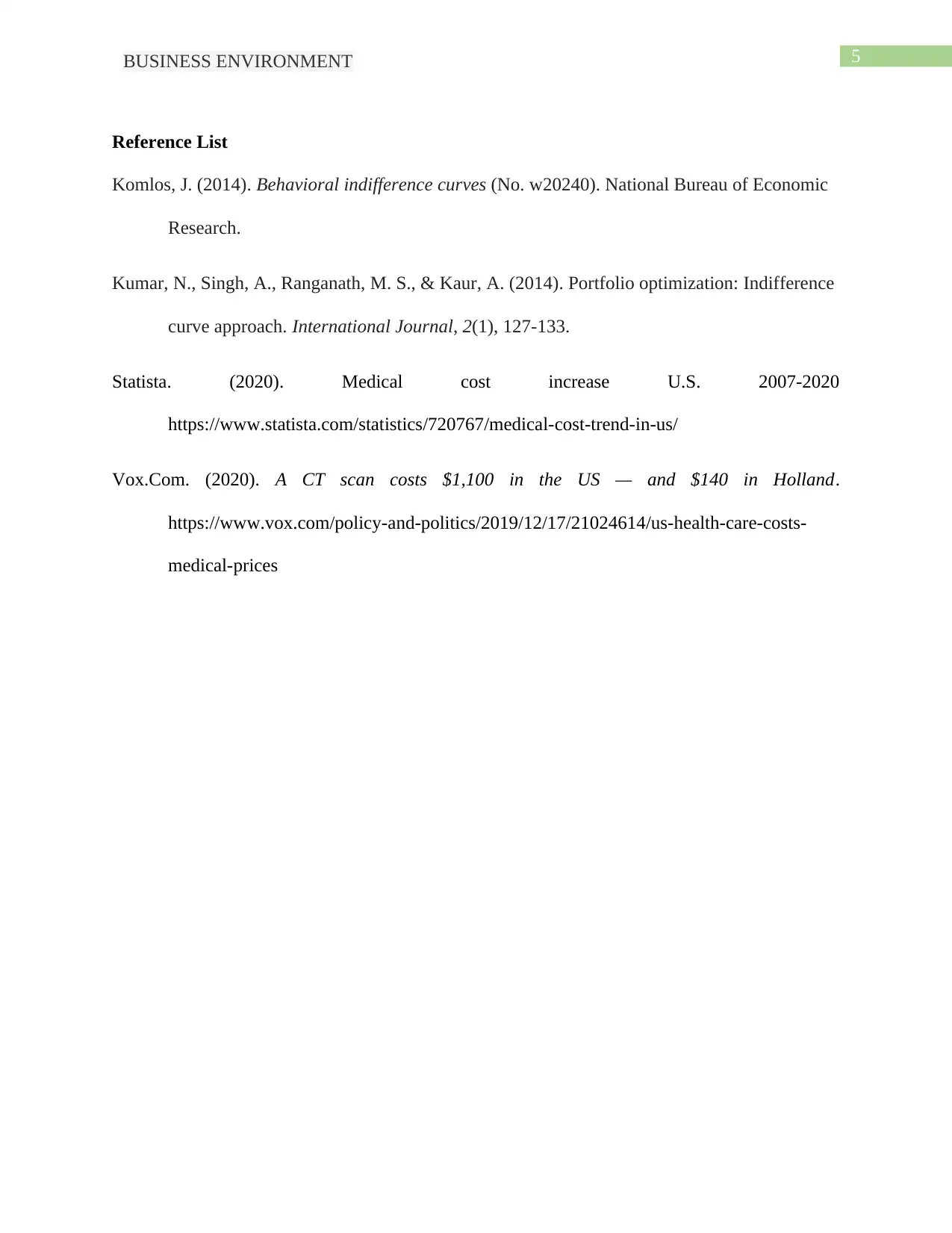






![[object Object]](/_next/static/media/star-bottom.7253800d.svg)